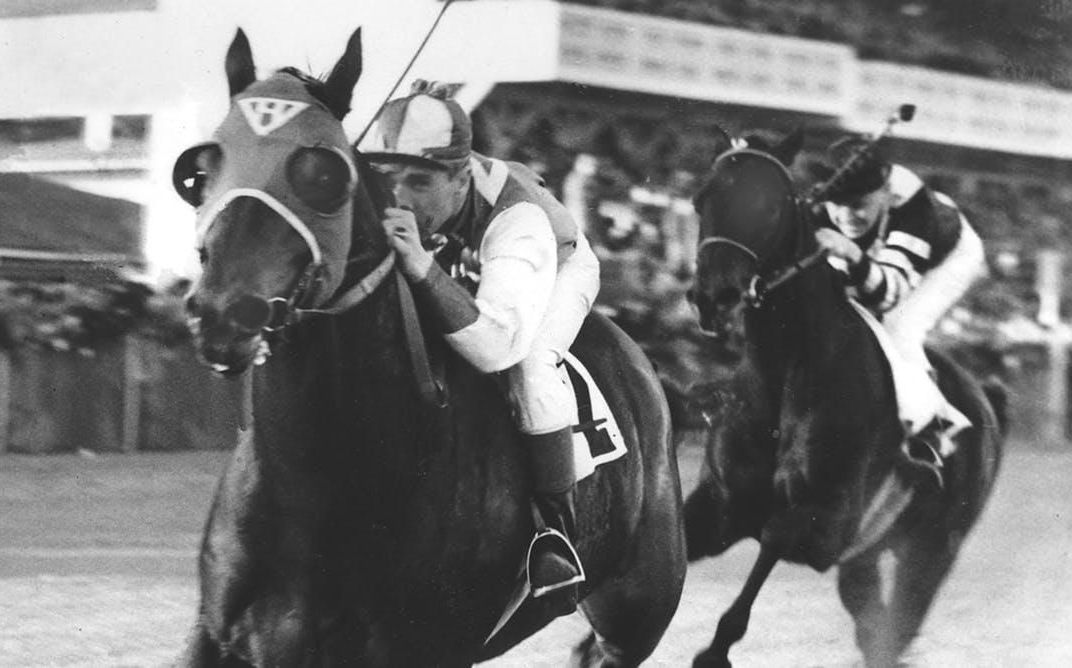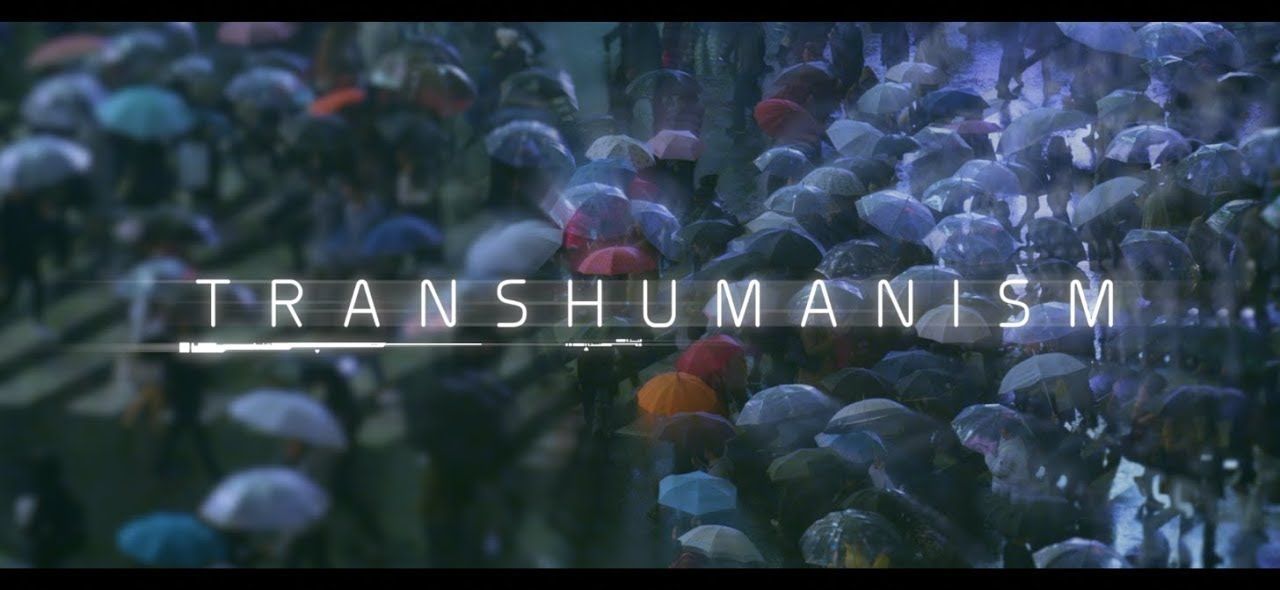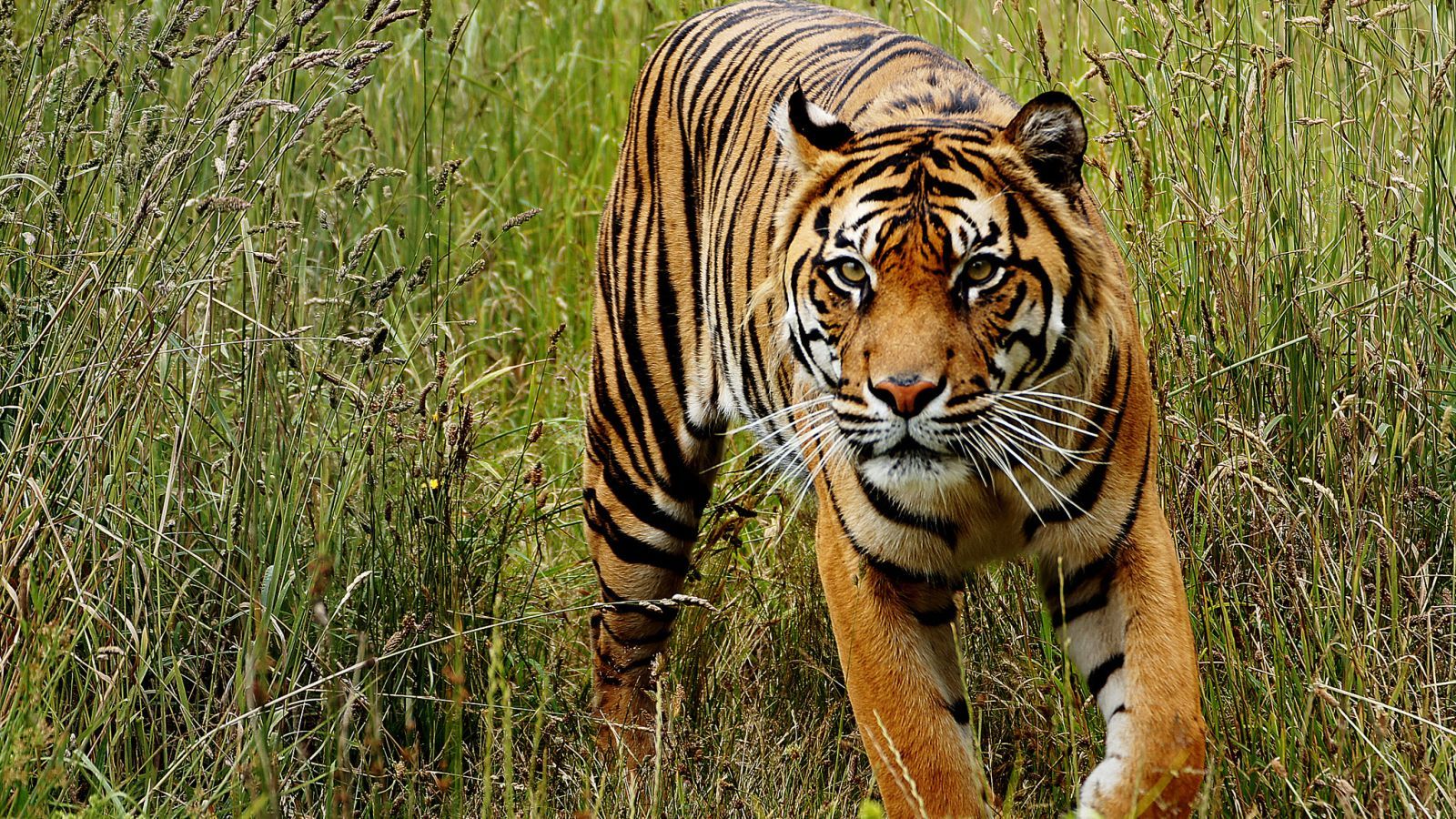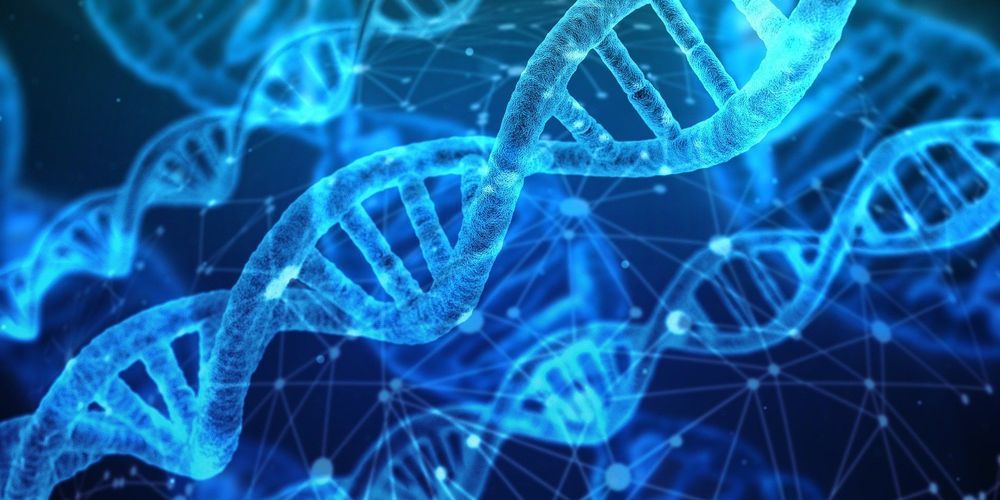Eat This, Not That! –Bioquark Inc.



Evidence has been building in recent years that our diet, our habits or traumatic experiences can have consequences for the health of our children — and even our grandchildren. The explanation that has gained most currency for how this occurs is so-called ‘epigenetic inheritance’ — patterns of chemical ‘marks’ on or around our DNA that are hypothesised to be passed down the generations. But new research from the University of Cambridge suggests that this mechanism of non-genetic inheritance is likely to be very rare.
A second study, also from Cambridge, suggests, however, that one way that environmental effects are passed on may in fact be through molecules produced from the DNA known as RNA that are found in a father’s sperm.
The mechanism by which we inherit innate characteristics from our parents is well understood: we inherit half of our genes from our mother and half from our father. However, the mechanism whereby a ‘memory’ of the parent’s environment and behaviour might be passed down through the generations is not understood.


Memes are not just learned, they run deeper than that, they are part of our shared experience as human beings. This is how we communicate to each other through spoken, written, and body language; this is how we participate in customs, rituals and cultural traditions. Indeed, human civilization has always been a “cultured” virtual reality. We don’t often think of cultures as virtual realities, but there is no more apt descriptor for our widely diverse sociology and interpretations than the metaphor of the “virtual reality.” In truth, the virtual reality metaphor encompasses the entire human enterprise. We should realize that all our ideologies and religions, our belief systems and models of reality are our own personal operating systems — real to us but wry to someone else — each of us lives in a seemingly shared but simultaneously private virtual world.
By Alex Vikoulov.
“We live in succession, in division, in parts, in particles. Meantime within man is the soul of the whole; the wise silence; the universal beauty, to which every part and particle is equally related; the eternal One. And this deep power in which we exist, and whose beatitude is all accessible to us, is not only self-sufficing and perfect in every hour, but the act of seeing and the thing seen, the seer and the spectacle, the subject and the object, are one. We see the world piece by piece, as the sun, the moon, the animal, the tree; but the whole, of which these are the shining parts, is the soul.” — Ralph Waldo Emerson, “The Over-Soul” (1841)

In the spirit of Halloween, where ghouls, ghosts, and vampires walk among us, our perception of reality will soon transform as well, forever possessed by the specter of Transhumanism!
Last year, I wrote about how people could transform themselves into one of my favorite horror creatures—a real-life werewolf—using modern science and tech. This merely scratches the surface, however, in terms of how far an individual can go. In a Transhumanist future, you’ll be empowered to not only question the extent of your humanity but equally put those questions into action.
The route one would be able to take would be in abundance. Some will choose a cybernetic route, replacing their organs and limbs for artificial machines, and even potentially adding newer organs and limbs alongside the ones they already have. Others may choose a more biological route by using gene-editing tech and synthetic biology, enhancing themselves at the genetic level and using stem cell therapies to maintain their bodily health for prolong periods of time.
And then there are those who’ll attempt to move far beyond their biological or technological state. Technologies like nanotech, mind uploading, etc. will allow individuals to downscale their physical appearance—or, perhaps, do away with it altogether; to become beams of light cascading across the digital world, living under the embodiment of code. And wherever that code resides, that’ll be your exterior shell. If you were to upload yourself into a smart home, for example, you would become that home, haunted by your digital presence.


Tigers seem pretty straightforward: stripes, sharp claws, awe-inspiring grace wielded by hundreds of pounds of rippling muscle, fondness of sugary cereal, etc. But new research on the big cats’ DNA is the latest indication that underneath that striking orange and black pelage, not all tigers are the same. Scientists are now reporting that tigers are broken up into six distinct subspecies spread out across Asia.
In endangered species like tigers, pegging down the exact number of subspecies can be pretty important for conservation purposes. Being mindful of how the species is naturally divided up in the wild—and how populations may be evolving independently of one another—can allow conservationists to more effectively manage populations as cohesive units. Global tiger conservation has struggled with this since there’s been plenty of disagreement on how many subspecies even exist.

Proteins are the building blocks of the cell. They do most of the work and are essential for the structure, function and dynamic regulation of the cell and body’s tissues and organs. Proteins rarely work alone, they interact, form protein complexes or bind DNA and RNA to control what a cell does. These complexes are key pieces of many important reactions within the cell, such as energy metabolism or gene regulation. Any change in those interactions, which can for example be caused by a mutation, can make the difference between health and disease. Hence, for understanding how cells operate, or what might go wrong in ill cells, it is essential to know how their building blocks interact.
New technologies allowed scientists during the last decades to understand the genetic information an organism possess, which of this information is actively used and which proteins are made by the cell in different circumstances. Now it is a big challenge to understand how biomolecules such as proteins and RNA messenger molecules combine to form the complexes required for a functional cell. In other words, we know the ten thousands of parts a cell is build off, but we don’t know how they belong together.
In a paper published in Nature Communications, scientists at the Centre for Genomic Regulation (CRG) describe the development of a new method, named “rec-YnH”, which was designed to understand the complexes formed between hundreds of proteins and RNAs at the same time.

“Previous work mostly focused on what was going on at the microscale of DNA,” says study co-author Michael Shelley, group leader for biophysical modeling at the Flatiron Institute’s Center for Computational Biology in New York City and co-director of the Courant Institute’s Applied Mathematics Laboratory at New York University. “People didn’t really think about what was going on at the larger scale.”
Shelley and colleagues simulated the motions of chromatin, the functional form of DNA inside the nucleus. Chromatin looks like beads on a string, with ball-like clusters of genetic material linked by strands of DNA. The researchers propose that molecular machines along the DNA cause segments of the chromatin to straighten and pull taut. This activity aligns neighboring strands to face the same direction. That alignment, in turn, results in a cascading waltz of genetic material shimmying across the nucleus.
The dancing DNA may play a role in gene expression, replication and remodeling, though the exact effects remain unclear, the researchers reported online October 22 in Proceedings of the National Academy of Sciences.
Wonderful to see the continuing progress of Mr. Omar Flores, with the support of his lovely wife, actress Mayra Sierra, today on the Venga la Alegria (VLA) show on TV Azteca (http://www.aztecauno.com/vengalaalegria) — The importance of an integrated approach to curing spinal cord injury including family, physical therapists, and the medical team at Regenerage (https://regenerage.clinic/)
https://www.youtube.com/watch?v=RRLo45i8q_A&t=4s